My take: Graphic design history fu

My syllabus, photographed by student Samantha Costanilla
So I’ve been teaching my version of ‘a history of graphic design’ for several years now. Just finished up my 9th session.
As a text, Philip B. Meggs’ landmark research book – History of Graphic Design, first released in 1984 – is the bible on the subject. Even the ‘making of’ has its own edition.
It’s the most thorough analysis, and one of the best graphic design reference books I own. But as Meggs points out in his introduction, it’s only the tip of the iceberg. There is so much more to discover, find, research and incorporate into one’s own view.
Finally, there is another book that just hit the market – The Story of Graphic Design by Patrick Cramsie. It tackles similar ground, but from another angle. A refreshing find. And from what I could tell so far, it syncs with my own classroom take on ‘The Story’ . . .
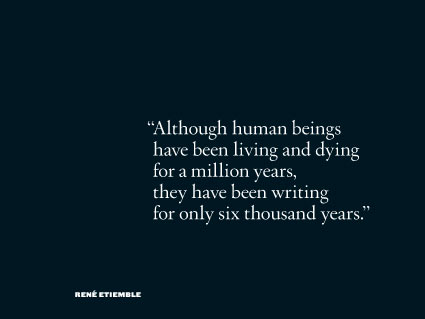
Opening slide from my first lecture, gives one POV of many
building drama
Today, a History of Graphic Design course is regular curriculum at schools worldwide. And the Meggs book fits the traditional way Art History is taught – so it is a great book to adapt from. Traditionally.
What I’ve found the most difficult in working with Meggs’ book is how academic it is. Which, there’s nothing wrong with this. It has never stated that it is more than a researched volume.
It is just easy to get lost in the facts and figures contained within – they can be dense at times. Again, not a problem. But in today’s classroom, something else is needed. Something beyond academics.
The best way to put it: We now live in a post-Ken Burns world. History, we’ve discovered is a rich palette of incredible tales, human beings doing crazy human being-like stuff.
Teaching needs drama. We have so much media to compete with, standing in front of slides and spouting facts doesn’t quite do its job anymore.
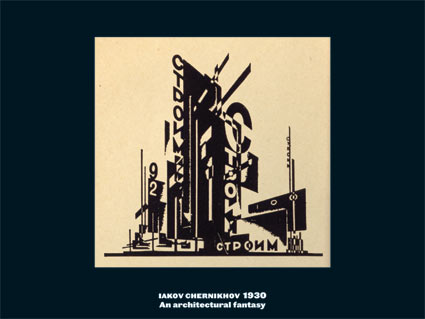
Slide from my Russian Avant Garde lecture
planning
In college, I had one of the most incredible History of the American West classes. I didn’t really care for history, but professor Michael Svanevik did all his own research and dammit, it was one of my favorite classes EVAR. From it, I became a history junkie. And if I were going to teach a history class, it was going to be like Svanevik. He has a great storytelling style, with Jack Benny-like humor and timing. (Here’s some of his books) (and I already had a lead on how to do the comedy)
I took over the course I teach – artnm305 at ARC in Sacramento – from one of my favorite design gurus Bob Dahlquist. The switchover was fast – I suddenly found myself launched into this history class, without a net.
And without slides. Just Bob’s highlighted Meggs book to work with.
His advice: ‘Graphic design is about personalities. Take it from that approach and you’ll have something.’
Crap. I had two weeks to get up and running, and in reading Meggs for the first time, wasn’t seeing too much about the personalities.
Throw in that I’d NEVER had a Graphic Design History class, I was running head first into uncharted territory. But I did just that, started with Meggs then started researching any and all things I could find about the people involved. Magazine articles, books, library editions – anything I could get my hands on. There was very little on the web and Wiki didn’t exist yet.
And discovered a lot of the personalities were a bunch of damn malcontent radicals! Right place at the right time, opinionated, egomaniacs, insecure geniuses, whack jobs, thieves, murderers and more. Within 17 weeks, though, I had written the equivalent of a dozen hastily-scrawled research papers and created over 1,500 slides.
And next thing you knew, I needed new bookcases.
history is über fluid
In doing research outside the Meggs book – thru articles and other smaller tomes – some crazy stuff started happening. Contradictions. Major, fudging contradictions, speculations presented as fact. I like to use this quote I’d heard somewhere (think it was a comedian):
The difference between history and the past? The past happened. History is what was written down. And why does history tend to repeat itself? Because all writers are plagiarists.
Something like that.
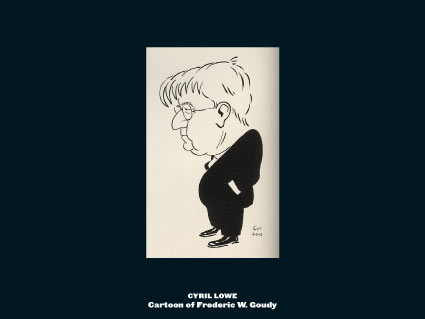
The Great Goudy
So that’s how I tell My History of Graphic Design: It’s what I’ve found, it’s mostly what’s been written. But it’s also hearsay, gossip, conjecture, opinion, conflicting opinion. Contradictions in one lecture that lead to conflicting theories in another.
And we just don’t know what’s true and what isn’t. It’s a big story, not one that can necessarily be labeled nonfiction.
The Meggs book IS just the tip. Digging deeper, there’s just so much more. And today, I’m still digging. But in all this, I have created my own history. Mostly Meggs (some directly Meggs) and a whole bunch of other stuff.
And I’m not done yet.
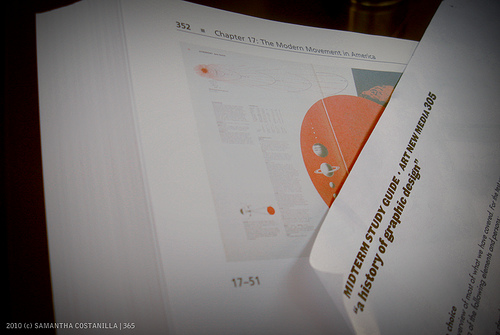
Photo by Samantha Costanilla
challenging meggs
This is a tough proposition. There actually aren’t many books on the subject. Richard Hollis’ Graphic Design: A Concise History does a really cool, simple job. Heller and Ballance’s Graphic Design History is a collection of articles, with typos throughout, that adds flesh, fills in some gaps.
Eskilson’s Graphic Design: A New History came out a few years ago. It’s a strange take on the field that downplays most of what happened prior to the 20th Century (!?) and contains some of the weirdest, poorly designed chapter graphics I’ve ever seen. It references material in the Meggs book, but doesn’t acknowledge its existence. And it goes to great lengths to get trapped in small trivial matters. I could go on and on – and others have – but I’ll just sum it up this way:
I was excited when I saw the title – Graphic Design: A New History. But that excitement went away when I sat down to read.
Yes: We DO need more Graphic Design History as part of our discourse. And the publishers of A New History cite this for why their book exists. But beyond this, the personalities, the anecdotes are what makes this material rich.
But – someone’s finally gotten it right. It seems. Just this year:

Patrick Cramsie’s The Story of Graphic Design
pre-review: the story of graphic design
I’d be irresponsible to say I’ve read this book. But I’ve had it in my hands just a few days and I’m already absorbing it slowly. Digesting.
Patrick Cramsie has discovered what I’ve been on to: History is a mess. And in a narrative style, he tackles this. He tackles critiquing the work from a designers’ point of view. He even tackles critics that say, oh you left this out, you forgot this. It’s his book, he’s not trying to recreate Meggs, just tell his version of the story.
And that’s something more important: He goes back to storytelling. He is weaving a story of richness, featuring the same people I’ve been living with for years now.
I may have a real review of the book later – you can order your own here – or just take my class this fall to see what happens (btw, I’m not abandoning the Meggs book just yet; it does have all the facts and figures) . . .
But no matter how I look at it, I’m dying to see where his point of view takes me. And where I’ll end up when I come out the other side.
































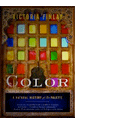

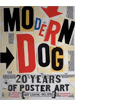
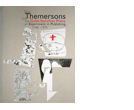
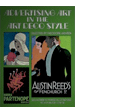

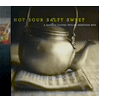









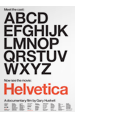






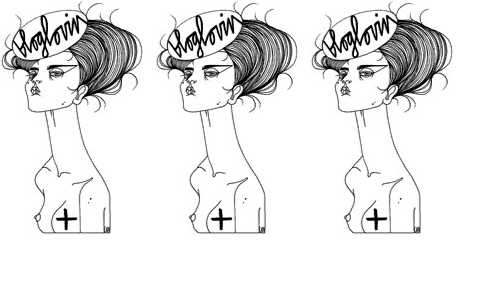
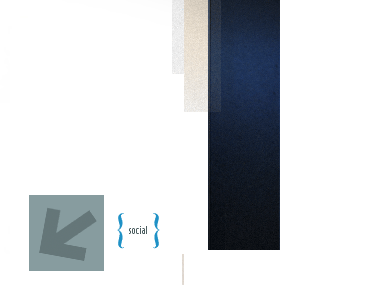


[…] This post was mentioned on Twitter by steve mehallo, MyInspiredGuy, Hakuna Matata, Lynn Ratajazak, ThinkRich and others. ThinkRich said: the mehallo blog. beta. » My take: Graphic design history fu: It's the most thorough analysis, and one of the best… http://bit.ly/9u9TOk […]
[…] this article: the mehallo blog. beta. » My take: Graphic design history fu Share and […]
[…] post: the mehallo blog. beta. » My take: Graphic design history fu Share and […]
I should also mention – thanks for reminding me Alex! – Simon Loxley’s Type: The Secret History of Letters. Excellent collection of historical typography … stories. :) Details via this link: http://mehallo.com/blog/archives/1464
great post! love, love, love the history of graphic design–always wanted to teach it. i will def be checking out the new book. thanks, steve!